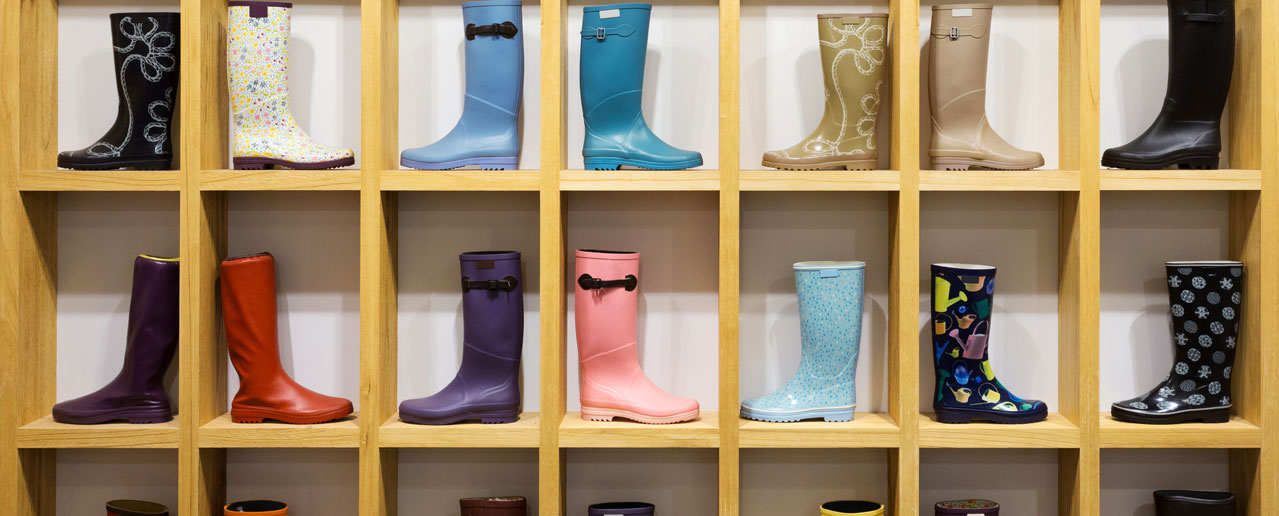Customers have countless options in choosing where they want to shop. That’s where the power of personalization comes into play, and visual merchandisers have the ability to make lasting impressions on customers to drive sales and increase brand loyalty.
Retail technology is transforming the way visual merchandisers create these experiences. With the help of tools like customer data analytics, location-based marketing, and automation for communications, compliance, and store-specific outcomes, visual merchandisers can now create tailored and localized experiences that resonate with customers on a deeper level.
Starting with customer data analytics, visual merchandisers are faced with the challenge of understanding what displays and POP content are truly hitting the mark with each region, or even down to the individual store. Customer data analytics can help visual merchandisers understand their customers’ needs and preferences. By tracking customer behavior, visual merchandisers can see what products customers are interested in and where they are located. This information can be used to create displays that are more likely to appeal to intended customers through specific promotions, targeted displays, and more.
Location-based marketing helps target stores with a personalized approach. Referring back to our previous blog about understanding customer behavior through retail analytics, we list several of apps that help retailers drive dedicated experiences through customers’ personal devices. Stacking in-store marketing that coincides with a personalized experience helps visual merchandisers drive the sale home through their creative design.
Leveraging customer analytics and using it for location-based marketing sounds great, but actually knowing how to execute location-specific store outcomes is a huge challenge for visual merchandisers, especially for larger retailers with stores in so many diverse regions. Being able to take the time to review each region, and understand its specific needs and customer base, while managing the normal workload of planning for the stores is a lot of work.
This is where automation already built into the visual merchandiser’s workflow comes in handy. Automation can help visual merchandisers save time and resources, by automatically communicating to individual stores what their displays and content needs are based on their location and customer base, without the visual merchandiser having to worry about each individual store.
With retail software platforms like One Door, visual merchandisers can complete their planning work and let the software do the rest. Creating store-specific outcomes to communicating the plans are brought to life through one, single solution. One Door’s streamlined retail solution helps the entire process,from planning to analytics, so every stakeholder knows their part, and receives transparent feedback, including analytics, along the way.
The retail technology landscape is constantly evolving, and visual merchandisers need to be prepared to adapt. By embracing new technologies, visual merchandisers can create experiences that are more engaging and relevant to their customers. With the help of One Door, visual merchandisers can create better retail experiences and be customers’ top pick, every time.
